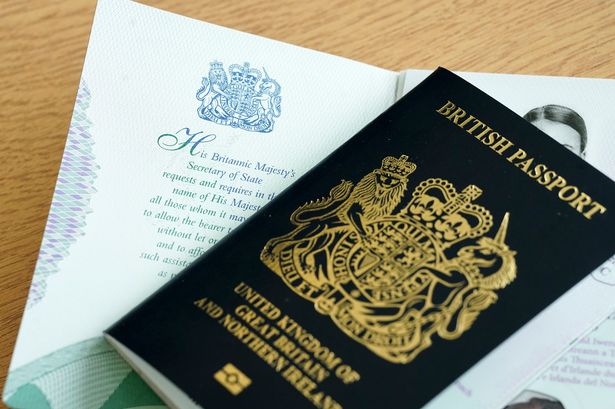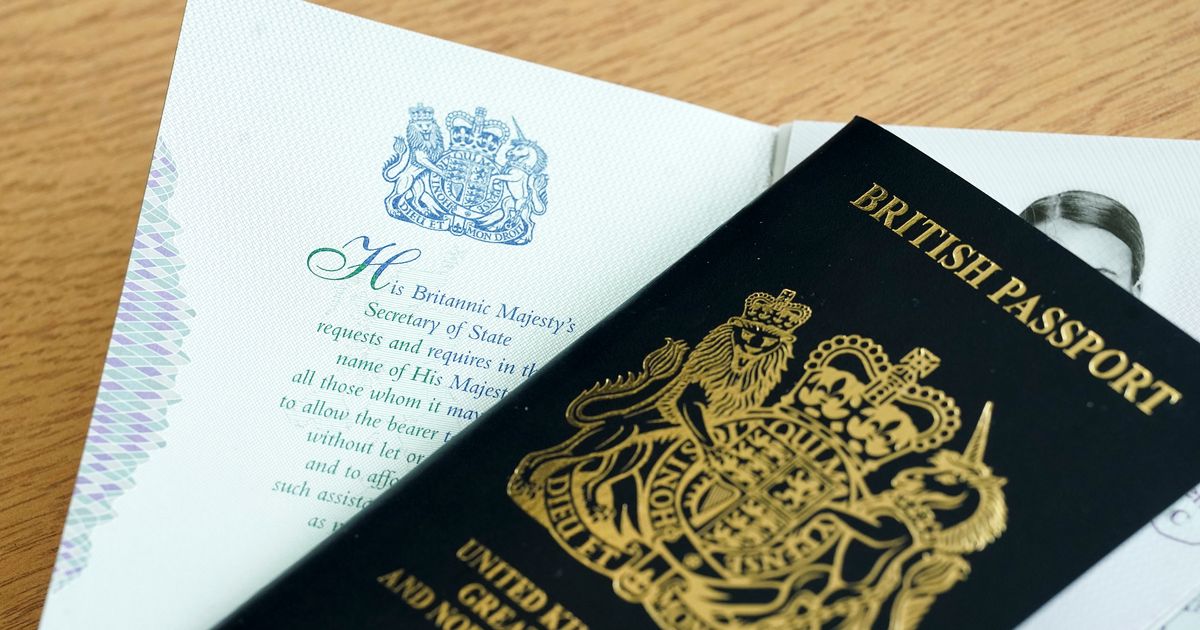The European Commission has confirmed the launch date of the Entry/Exit System UK tourists travelling to countries such as Spain, Greece and Italy in the Schengen area will soon be facing the new Entry/Exist System (EES) (Image: Jordan Pettitt/PA Wire)
UK tourists travelling to countries such as Spain, Greece and Italy in the Schengen area will soon be facing the new Entry/Exist System (EES) (Image: Jordan Pettitt/PA Wire)
UK tourists in Spain, Greece and Italy, as well as any of the other Schengen countries will be facing a new entry requirement change in just months.
The European Commission confirmed the launch date of its new Entry/Exist System (EES) today (July 30), after months of speculation surrounding its rollout date.
From October 12, 2025, the process for non-EU nationals to go in and out of one of the 29 countries in the Schengen area for short stays may begin to look a little bit different as the scheme begins.
READ MORE: Millions of UK tourists face major ‘border’ change from this year
The Foreign Office has since begun issuing updates for the countries involved in the change, with numerous FCDO travel pages already amended.
In the latest statement on the Spain, Greece and Italy pages, amongst others, the body wrote: ” New Schengen entry requirements.
“From 12 October 2025, the European Union ’s (EU) new Entry/Exit System (EES) will begin. When travelling into and out of the Schengen area, for short stays, you may need to:
- have you fingerprints and your photo taken
- answer the Schengen Border Code questions
“If you enter the Schengen area through the Port of Dover, Eurotunnel at Folkestone or St Pancras International, this information will be taken at the border, before you leave the UK. You may also need to provide either your fingerprint or photo when you leave the Schengen area.
“EES may take each passenger a few extra minutes to complete so be prepared to wait longer than usual at the border once the system starts.”
In a statement from the European Commission earlier today it explained the introduction of the new system will not be immediate, but gradual over the next six months.
Explaining the purpose of the initiative, the EU said: “The EES is an advanced technological system that will digitally record the entries and exits of non-EU nationals travelling to 29 European countries, including Schengen Associated ones, for short stays.
“It will capture biometric data, such as fingerprints, facial image, and other travel information, gradually replacing the current system of passport stamping.
“The EES will modernise and improve the management of EU external borders. It will provide reliable data on border crossings, systematically detect overstayers as well as cases of document and identity fraud.
READ MORE: Foreign Office issues update on ‘new entry requirements’ in two holiday hotspots
“The EES will thus contribute to preventing irregular migration and protecting the security of European citizens. Additionally, with the increased use of automated border checks, travelling will become smoother and safer for all.
“The new system meets the highest standards of data and privacy protection, ensuring that travellers’ personal data remain protected and secure.”
It is hoped by the end of the six month period the rollout will be complete, with the body adding this is essential to allow the border authorities, transport industry and travellers get used to the process one step at a time.
